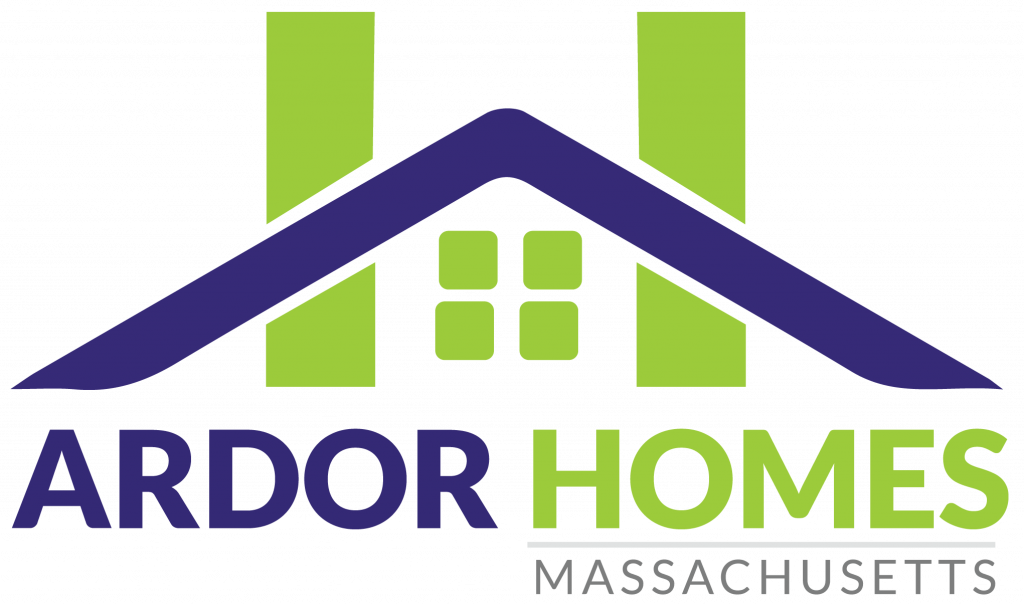
If you are looking for a mortgage loan that offers a lower interest rate and monthly payment, you may want to consider a 5/1 ARM loan. This type of loan is becoming increasingly popular, as it offers borrowers more flexibility than traditional fixed-rate mortgages.
However, there are some pros and cons to consider before deciding if this type of loan is right for you. In this article, we will explain everything you need to know about 5/1 ARM loans!
If you are looking to buy or sell a house contact us and benefit from our expertise!
What is a 5/1 ARM Loan?
A 5/1 arm loan is a type of adjustable-rate mortgage. It offers borrowers a fixed interest rate for the first five years, after which the rate will adjust annually. This means that your monthly payment may go up or down, depending on how the market rates change.
However, because the interest rate is locked in for the first five years, you know exactly what your payment will be for that time period. This can be helpful for budgeting purposes.
How do 5/1 ARM Loans work?

The most common 5/1 ARM loan is a 5-year hybrid adjustable-rate mortgage with 5% interest for the first five years and then it adjusts annually thereafter. The 5% initial rate will stay fixed until year six when it changes to whatever current market rates are at that time (usually higher).
Rates in 5/1 ARM Loans
The rates for 5/1 ARM Loans are usually lower than a traditional fixed-rate mortgage. For example, the current market rate for a 30-year fixed mortgage might be 5%, while the 5/1 ARM Loan has an interest rate that fluctuates.
Below is a short rundown of the indexes and margins, as well as how they operate.
The benchmark interest rate based on current market circumstances is called an index. Most mortgages previously utilized the London Interbank Offered Rate (LIBOR), however, this is being phased out in favor of the Secured Overnight Financing Rate (SOFR). The Cost of Funds Index (COFI) and Constant Maturity Treasuries are two more indices to examine (CMT).
The margin is the set number that your lender adds to the index to determine your annual interest rate. If you have a 3 percent margin and your rate changes depending on the SOFR — and the SOFR is 0.15 percent — your new mortgage rate will be 3.15 percent.
Rate Caps
The excellent thing is that your initial interest rate change on your mortgage is restricted. As a result, you won’t witness a sudden increase in your rate.
A lender may establish a cap based on the first adjustment, future adjustments, and a lifelong cap in many circumstances. The 2/2/5 cap is a common cap. This is how the cap system works:
The initial adjustment cap is indicated by the first number. After the fixed-rate loan period ends, this is the first time the lender alters the rate. So, regardless of how much interest rates have risen, the rate in this scenario cannot be more than two percentage points more than your initial rate.
The second number is the cap on the following adjustments. Again, the change can’t be more than two percentage points in this scenario.
The lifetime cap is indicated by the last figure. If you have a 2/2/5 cap, the interest rate can’t go more than five percent higher than the starting rate as long as you have the loan.
Pros of 5/1 ARM Loans
A 5/1 ARM mortgage can help first-time homebuyers build equity by allowing them to take advantage of the low-interest rate during the initial year. The following are the obvious advantages of a 5/1 ARM loan:
Low initial interest rate: The 5/1 ARM loan product has a low starting mortgage interest rate. Homeowners should anticipate a cheaper monthly mortgage payment during this introductory rate period than they would with a fixed-rate mortgage.
The principal payment can be paid early: Your loan amount is the principal you owe or the sum you agreed to pay for the house when you bought it from the seller. With your down payment, you pay off a portion of the principle right once, but the remaining balance is subject to interest. Because of the low rates at the start of a 5/1 ARM mortgage, you may be able to pay off more of the principal sooner. You’ll be paying interest on a smaller base amount when higher rates kick in.
Ideal for short-term property if you intend on flipping or trading your house within the first five years, you may never have to deal with the variable interest rates seen later in the loan contract. You may take advantage of cheap monthly payments for a few years until higher interest rates kick in, and then move on to your next home.
Cons of 5/1 ARM Loans
Although a 5/1 ARM may suit the demands of certain home purchasers, it is not for everyone. The following are a few significant disadvantages.
This adjustable-rate mortgage is not recommended for long-term ownership. A long-term fixed-rate mortgage may save you money if you expect to stay in your newly acquired home for a long time. The savings you obtain with a 5/1 ARM are all realized in the first five years of ownership, but when rates rise, those savings may shrink. A fixed-rate mortgage provides stability and predictability from year to year.
The 5/1 ARM converts to an adjustable-rate mortgage after five years, and such loan products sometimes come with unexpected shocks for buyers. Your credit rating may decrease if your mortgage rate rises and you are unable to make your monthly payments on time. You bear the danger of losing your house if you stop paying.
When the rate on your 5/1 ARM loan rises, it is technically feasible to refinance—or replace your 5/1 ARM loan with a new loan—at a higher cost. Unfortunately, in this scenario, a mortgage refinance comes with significant closing charges, which may be as much as 6% of the outstanding balance.

5/1 ARM Loan Terms
5/1 ARMs generally have a 15-year or 30-year duration. The interest rate is fixed for the first five years and then changes annually for the remaining term of the loan.
Consider the following scenario: You’re trying to borrow $250,000 and must select between a 30-year fixed-rate loan with a 3.75 percent APR and a 5/1 ARM with an initial APR of 2.50 percent.
Your monthly payment on the fixed-rate loan would be $1,158, and you’d pay $166,804 in interest over the life of the loan.
For the first five years of the 5/1 ARM, your monthly payment would be around $987. If your loan follows the 2/2/5 cap structure, the most amount you’d end up having to pay every month after the first term would be around $1,581. You might find yourself paying over $268,000 in interest based on the modifications.
So is a 5/1 ARM Loan right for you?
That depends on your individual circumstances. If you are comfortable with the possibility that your monthly payment could go up in the future, and you plan to stay in your home for at least 5 years, then this might be a good option. If not, it may be worth looking into other types of mortgages such as fixed-rate loans or even adjustable-rate options with shorter terms (such as one year).
How do you get approved for a 5/1 ARM Loan?
Just like with any other type of mortgage, you will need to provide your lender with proof of income, credit score, and assets. Your 5/1 ARM loan application will also require detailed information about the property you are buying, such as the purchase price and estimated closing costs. It is important to have a good understanding of all of the terms and conditions before you agree to a 5/1 ARM loan, as they can be quite different from a traditional fixed-rate mortgage.
When to Consider 5/1 ARM Loans?
Unless you plan on staying in your house for the long haul, a 5/1 ARM makes sense. You can reap the benefits of the ARM’s lower initial fixed interest rate and lower first monthly payment if you plan to sell your house over five years.
If you plan on staying in your house for more than five years, an ARM is riskier because interest rates can change and make it harder to pay off what was originally owed. This could happen even if the original loan term ended before refinance eligibility periods expire-so be sure that any refinancing will still allow enough time left over from both loans combined!
Conclusion
Now that you know all about 5/1 ARM loans, it’s time to decide if this type of loan is the right choice for you. Keep in mind the pros and cons we outlined and remember that your interest rate may be different than what we quoted depending on your credit score and other factors. If you have any questions or would like us to walk you through the application process, don’t hesitate to reach out. We’re here to help make homeownership a reality for you.
Contact us with your inquiries and let us help you with our years of expertise!

In her 25-year career, Steph Wilkinson has been involved in the acquisition, marketing and sales of over $3 Billion dollars of residential real estate. A number of years ago, Steph transitioned into Brokerage Leadership for National real estate brands and tech start-ups. She has served as a Business Strategist for real estate agents and brokerages alike and is also a real estate coach and trainer. In her new role with the Iconic Team, Steph will be responsible for the growth of the team and will be working with all of our agents to increase their productivity and bottom line.




